Russia's Intensified Drone Warfare: Major Attack On Ukraine
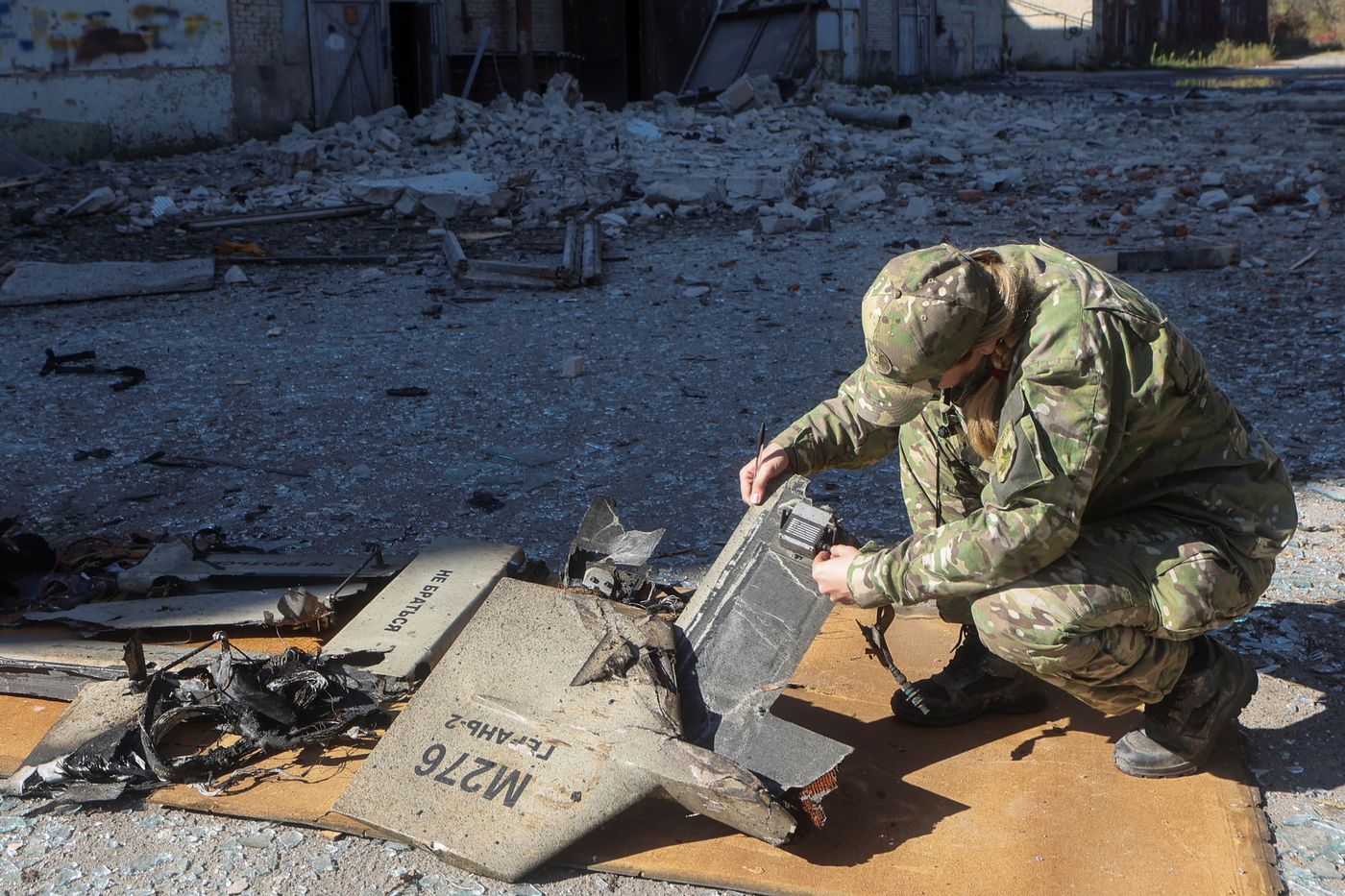
Table of Contents
Russia's recent escalation of drone warfare against Ukraine marks a significant turning point in the ongoing conflict. This intensified campaign, utilizing a diverse range of unmanned aerial vehicles (UAVs), has caused widespread destruction and casualties, raising serious international concerns. This article delves into the key aspects of this intensified drone warfare, analyzing the tactics employed, the impact on civilian infrastructure and military targets, and the potential implications for the future of the conflict.
Types of Drones Used in the Recent Attacks
Iranian-made Shahed drones
The Iranian-made Shahed drones, particularly the Shahed-136, have become a prominent feature of Russia's drone warfare against Ukraine. These loitering munitions are relatively inexpensive and easy to deploy, making them attractive for large-scale attacks.
- Range: Approximately 2,000 km
- Payload Capacity: A high-explosive warhead weighing around 50kg.
- Accuracy: Limited accuracy, relying on pre-programmed GPS coordinates.
- Ease of Use: Relatively simple to operate and launch.
- Countermeasures: Vulnerable to air defenses, especially modern systems.
International sanctions against Iran have impacted its ability to continuously supply Russia with these drones, creating supply chain challenges for the Kremlin’s military operations.
Other UAVs in Russia's arsenal
Beyond the Shahed drones, Russia employs a variety of other UAVs in its attacks on Ukraine. These include:
- Lancet: A smaller, more precise loitering munition capable of targeting moving vehicles. Its smaller size makes it harder to detect.
- Orlan-10: Primarily a reconnaissance drone, the Orlan-10 can also be equipped with guided munitions, acting as a targeting platform.
These drones differ in their capabilities, with the Lancet offering superior precision and the Orlan-10 focusing on surveillance and targeting support. The sources for many of these drones are debated and the information is often opaque, highlighting the clandestine nature of this aspect of the war. The strategic importance of these varied drone types lies in their ability to overwhelm Ukrainian defenses through sheer volume (in the case of Shahed drones) or precision strikes (in the case of Lancet).
Targets and Impact of the Drone Attacks
Targeting of civilian infrastructure
A deeply concerning aspect of Russia's drone campaign is the deliberate targeting of civilian infrastructure. This includes:
- Energy Grids: Repeated attacks have caused widespread power outages, leaving millions without electricity and heating, especially during the winter months.
- Water Facilities: Damage to water treatment plants and pipelines has disrupted water supplies, creating further humanitarian hardship.
- Residential Areas: Direct strikes on residential buildings have resulted in significant civilian casualties and widespread destruction.
These attacks constitute a clear violation of international humanitarian law and have drawn widespread international condemnation.
Military targets and their significance
While civilian infrastructure is frequently targeted, Russia also uses drones to attack military installations and infrastructure.
- Airfields: Attempts to damage Ukrainian airbases and aircraft have been documented.
- Military Depots: Strikes on ammunition and fuel depots aim to disrupt Ukrainian logistics and supply lines.
- Command Centers: Targeting command centers aims to disrupt Ukrainian military communications and leadership.
The effectiveness of these military strikes varies, with success rates impacted by the quality of intelligence and the effectiveness of Ukrainian air defenses. The strategic goal is to degrade the Ukrainian military's capabilities and ability to resist.
Ukraine's Response to the Intensified Drone Warfare
Air defense systems and their effectiveness
Ukraine has implemented various air defense systems to counter the drone threat, but they face challenges:
- Success Rates: While some drones are intercepted, the sheer volume of attacks and the relatively low cost of the drones overwhelms defensive capabilities at times.
- Challenges Faced: Identifying and tracking smaller, faster drones is difficult, requiring advanced radar and detection systems.
- Limitations of Current Systems: Existing systems are often outdated and lack the capacity to neutralize the volume of attacks.
International support for providing more advanced air defense systems is crucial for strengthening Ukraine's ability to counter this threat.
Counter-drone strategies and technologies
Ukraine is employing various counter-drone strategies, including:
- Electronic Warfare: Jamming systems disrupt drone communications and navigation.
- Jamming Technology: Disrupts the signal between the drone and its operator.
- Physical Interception Methods: Man-portable air defense systems and other weaponry are used to shoot down incoming drones.
The development and deployment of more sophisticated counter-drone technologies are ongoing, driven by the urgent need to defend against this persistent threat.
Geopolitical Implications of Russia's Drone Campaign
International response and condemnation
The international community has widely condemned Russia's drone attacks on Ukraine:
- NATO: Has expressed strong condemnation and provided support to Ukraine.
- EU: Has imposed sanctions on individuals and entities involved in the production and supply of drones.
- USA: Has supplied Ukraine with financial aid and advanced weaponry, including counter-drone systems.
These condemnations and sanctions highlight the international concern over Russia's actions and their implications for international law and stability.
Long-term implications for the conflict
Russia's reliance on drone warfare has significant implications for the conflict's trajectory:
- Potential Escalation: The use of drones could escalate the conflict if miscalculations occur.
- Prolonged Conflict: The ease of use and low cost of drones could lead to a protracted conflict.
- Changing Dynamics of Warfare: The widespread use of drones fundamentally alters the nature of modern warfare.
The long-term implications require careful analysis, but the changing dynamics of the conflict are undeniable.
Conclusion
Russia's intensified drone warfare against Ukraine represents a significant escalation in the conflict, impacting civilian infrastructure, military capabilities, and international relations. The campaign highlights the evolving nature of modern warfare and the increasing reliance on unmanned aerial vehicles. Understanding the complexities of Russia's drone warfare is crucial for comprehending the ongoing conflict. Stay informed about further developments in this critical area by following reliable news sources and continuing to learn about the strategic implications of Russia's intensified drone attacks. Further research into the effects of Russia's drone warfare is vital for developing effective countermeasures and mitigating the humanitarian impact of this evolving conflict.

Featured Posts
-
 Michael Morales Quick Knockout Ufc Vegas 106 Headliner Reaction
May 19, 2025
Michael Morales Quick Knockout Ufc Vegas 106 Headliner Reaction
May 19, 2025 -
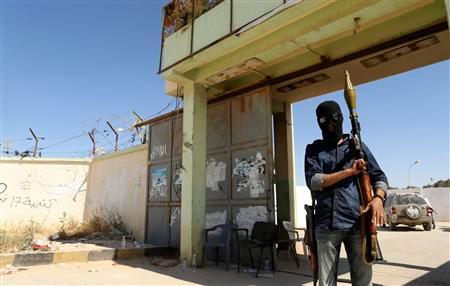 Tripoli Protests And Violence Libyan Pm Promises Militia Crackdown
May 19, 2025
Tripoli Protests And Violence Libyan Pm Promises Militia Crackdown
May 19, 2025 -
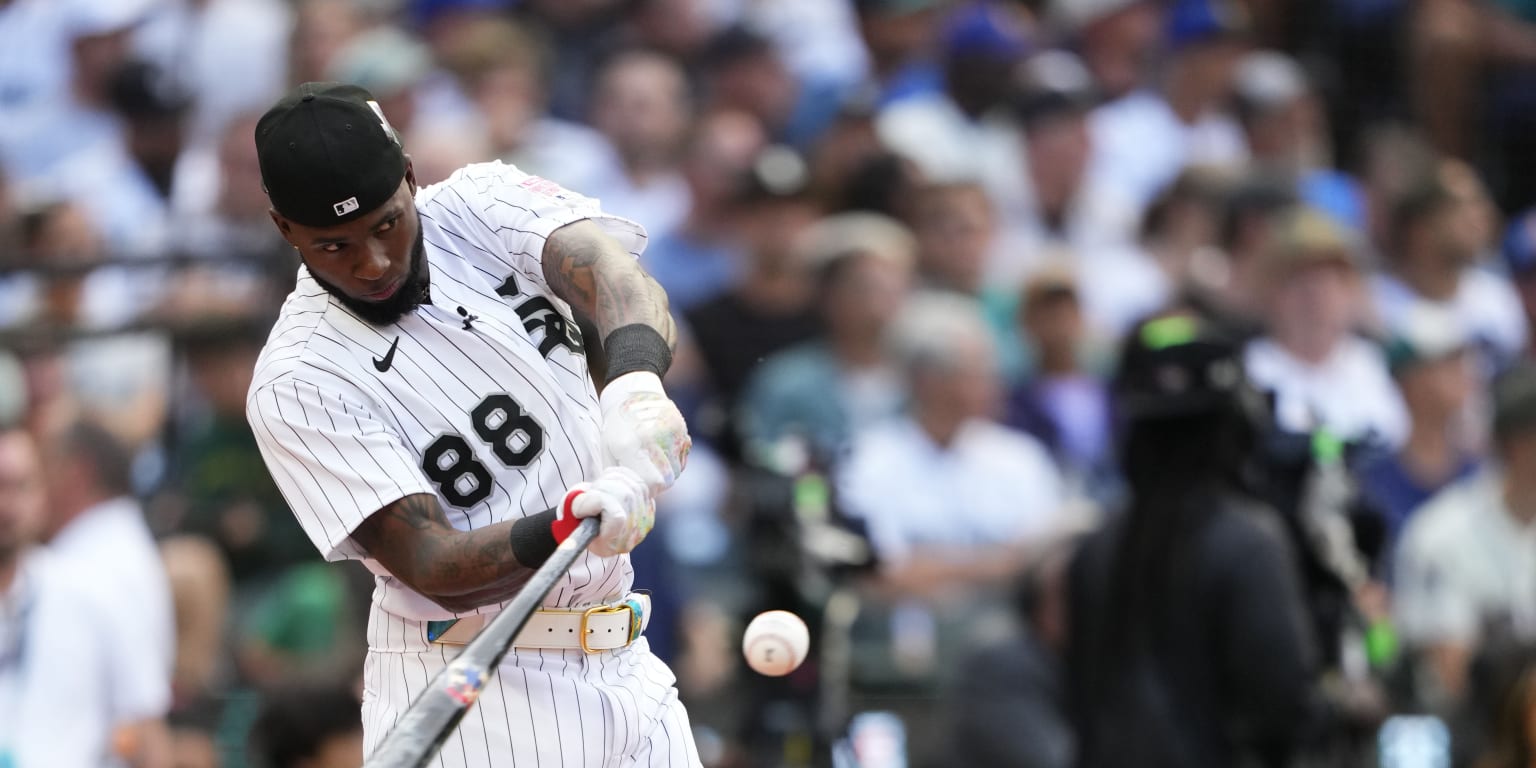 Mets Among Teams Showing Interest In Luis Robert Jr
May 19, 2025
Mets Among Teams Showing Interest In Luis Robert Jr
May 19, 2025 -
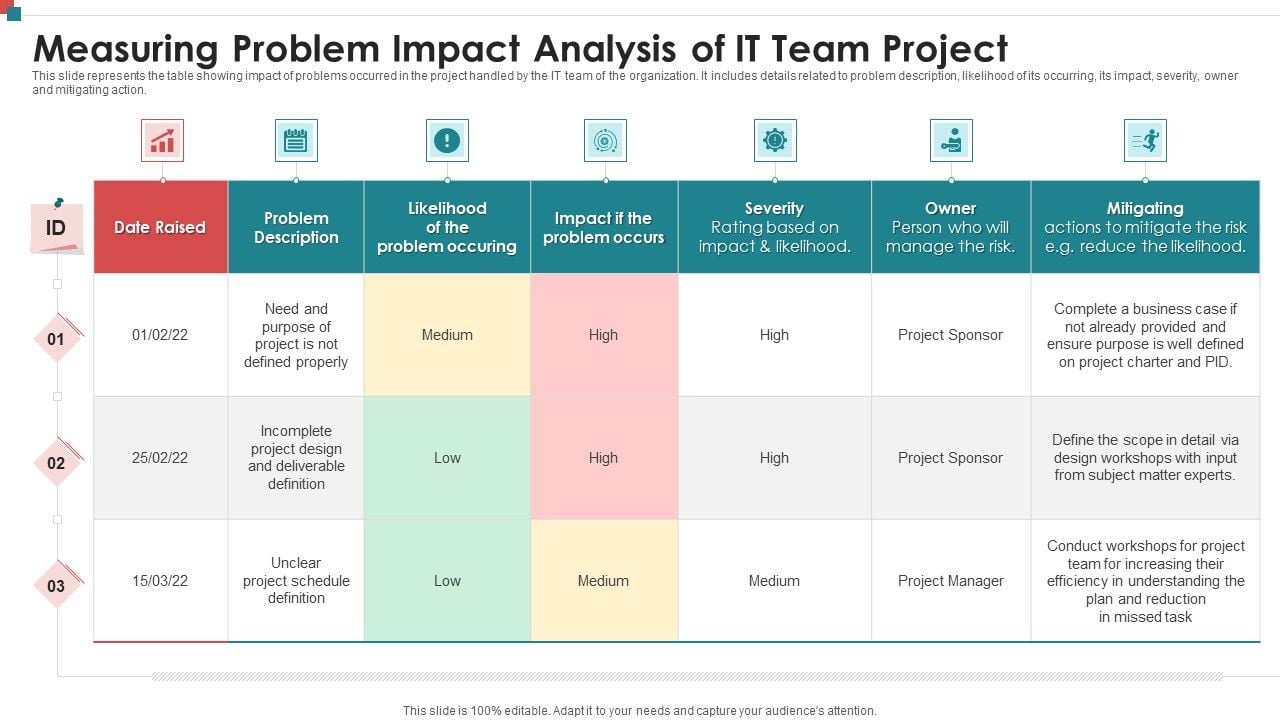 Public Transports Bare Beating Problem Impact And Solutions
May 19, 2025
Public Transports Bare Beating Problem Impact And Solutions
May 19, 2025 -
 Orlandos Food Boom A Public Investment Success Story
May 19, 2025
Orlandos Food Boom A Public Investment Success Story
May 19, 2025
Latest Posts
-
 Mensik En Miami Un Campeon Un Supervisor Y Un Almuerzo Inesperado
May 19, 2025
Mensik En Miami Un Campeon Un Supervisor Y Un Almuerzo Inesperado
May 19, 2025 -
 El Tenis Espanol Despide A Juan Aguilera
May 19, 2025
El Tenis Espanol Despide A Juan Aguilera
May 19, 2025 -
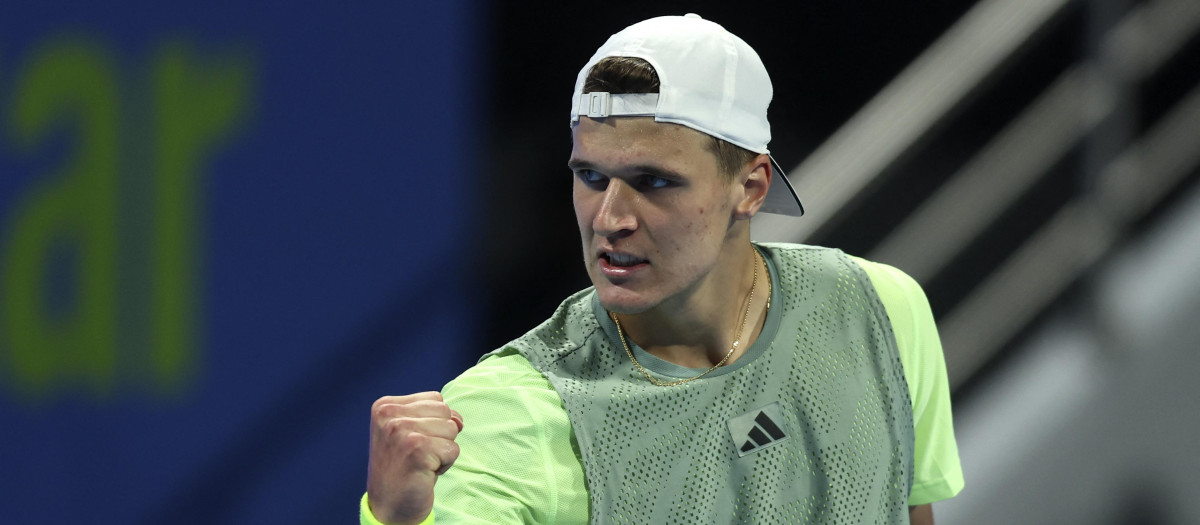 El Dia Que Mensik Borro Su Participacion Un Almuerzo Que Cambio El Juego En Miami
May 19, 2025
El Dia Que Mensik Borro Su Participacion Un Almuerzo Que Cambio El Juego En Miami
May 19, 2025 -
 Fallecimiento De Juan Aguilera Consternacion En El Tenis Espanol
May 19, 2025
Fallecimiento De Juan Aguilera Consternacion En El Tenis Espanol
May 19, 2025 -
 Mensik La Historia Detras De La Suerte Del Campeon De Miami
May 19, 2025
Mensik La Historia Detras De La Suerte Del Campeon De Miami
May 19, 2025
